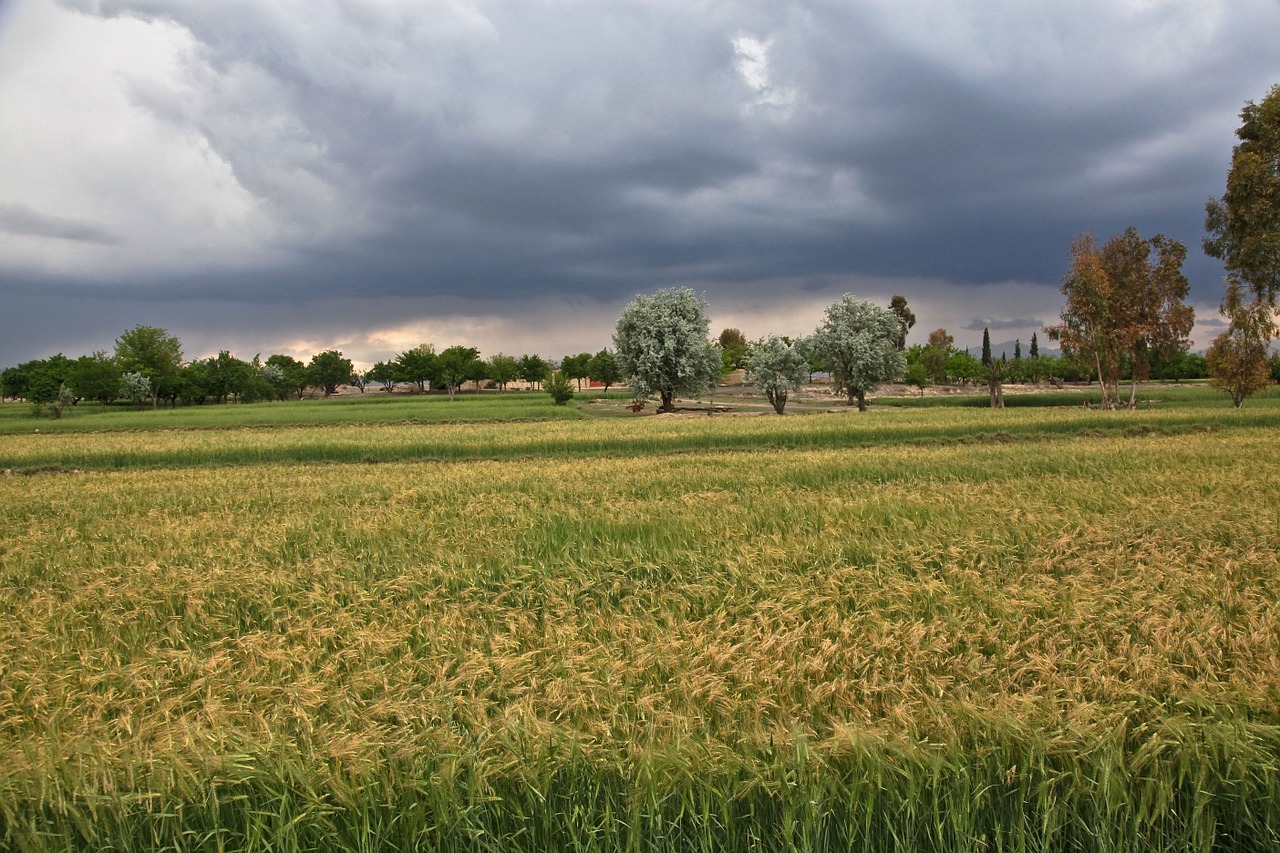According to UN-Habitat, the United Nations program dedicated to building a better urban future, clean, green, and beautiful public spaces are one of the most important elements of a livable city. High-quality public spaces that are not profit-based and that are accessible to all bring many benefits to a city: they enhance community cohesion, promote health and well-being, and allow cities to support a higher population density.
It was in order to bring these benefits to some of Afghanistan’s cities, many of which are still recovering from the effects of decades of conflict and population displacement, that UN-Habitat helped launch the Clean and Green Cities (CGC) program in March of 2017. Read on to learn more about the CGC program and about UN-Habitat.
What is the Clean and Green Cities program?
The CGC program is an urban initiative that is working to implement public space upgrades and improve certain municipal services in a dozen cities around Afghanistan, including Kabul. Over the last few decades, conflict, unregulated development, rapid population growth, and aging infrastructure and services have seriously compromised the livability of many of Afghanistan’s urban centers.
The CGC program aims to address this on a local scale by providing support for key “cleaning and greening” activities. These activities are carried out by local residents in cooperation with each city’s municipal government and nahias (a nahia is a municipal administrative sub-district: essentially, a neighborhood).
In addition to the refreshment and revitalization of public spaces, job creation and economic stimulus are important components of the CGC program. Through the funding it receives from a number of international supporters, including the EU, the CGC program creates jobs for more than 13,500 people. The program has a particular focus on making the jobs accessible to vulnerable populations, including returnees and the urban poor. UN-Habitat supports these efforts through technical assistance and expertise.
What CGC initiatives have taken place so far?
In Kabul, five major categories of cleaning and beautification activities have been identified by the community and the municipal government. These are: collecting solid waste from households, planting trees, sweeping streets, painting curbs, and cleaning roadside ditches. Under the umbrella of the CGC program, these activities will be carried out regularly, and in accordance with set standards of performance, through coordinated planning efforts from the municipality of Kabul and specially created nahia development committees.
More recently, in February 2018, the mayor of Kabul announced that seven public parks in the city would also be upgraded as part of the CGC program. This particular activity was inspired by the New Urban Agenda, the UN’s action blueprint for sustainable urban development that emphasizes the importance of safe, inclusive, and accessible green public spaces.
To help its parks conform to this vision, the municipality of Kabul has outlined a program of walkway upgrades within and around the park; grass and tree planting; well digging and implementation of an irrigation distribution system; electrical connection; upgrades to the boundary wall and installation of entrance gates; and the installation of benches throughout the park.
What is UN-Habitat?
An essential program of the United Nations, UN-Habitat works toward a better urban future. It aims to promote and develop human settlements that are socially and environmentally sustainable and to achieve adequate shelter for all global citizens. UN-Habitat has been working to fulfil this vision ever since it was mandated by the UN General Assembly in 1978.
Even at that time, urbanization issues relating to the uncontrolled growth of cities were already apparent. Since then, cities around the world have continued to experience unprecedented change. Today, the challenges—demographic, environmental, economic, social, and spatial—that the world’s urban areas are now facing are extreme. In view of the projection that 60 percent of the global population will be living in cities by the year 2030, it is clear that UN-Habitat’s work is more vital than ever before.
To guide its vision for well-planned, well-governed, and efficient cities and human settlements that offer all their residents adequate housing, infrastructure, employment opportunities, and basic services, UN-Habitat works with a medium-term strategy approach. Every six years, the organization develops a new strategic plan that provides continuity with the previous plan while facilitating an adaptable and effective response to emerging urban trends and offering opportunities for the incorporation of lessons learned from previous plans.
At present, UN-Habitat is working with a strategic plan that covers the years from 2014 to 2019. The seven focus areas of this plan are: urban legislation, land, and governance; urban planning and design; urban economy; the provision of basic services in urban areas; housing and slum upgrading; risk reduction and rehabilitation in urban areas; and research and capacity development. The first four areas are of particular importance in this iteration of the strategic plan, as they have been neglected in previous years in favor of other, higher-priority objectives.

